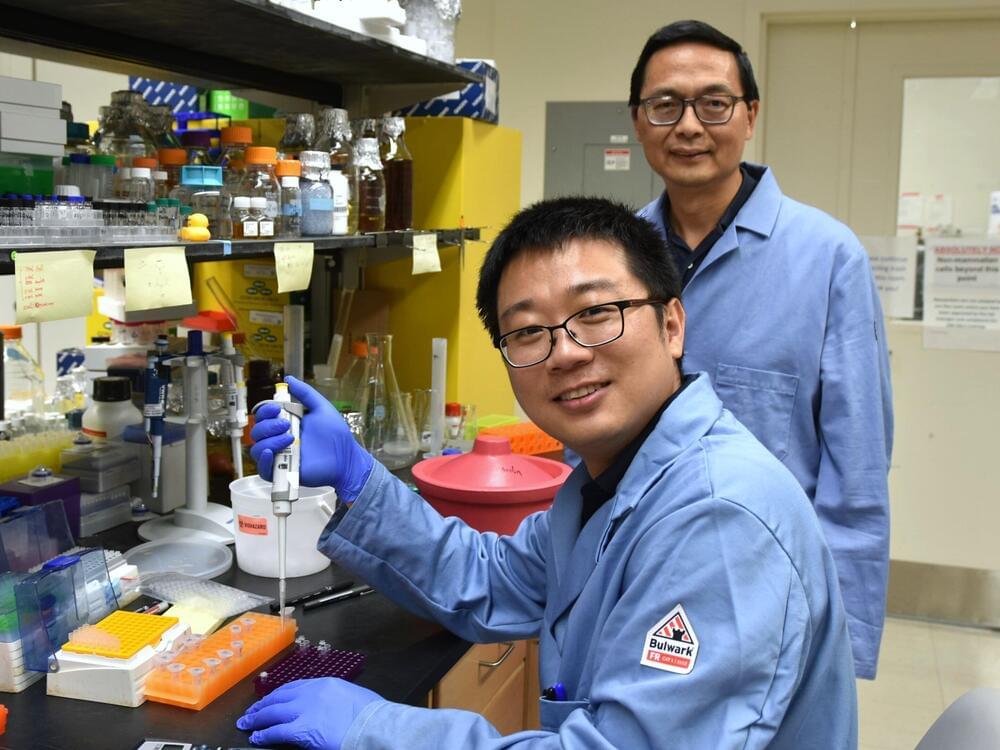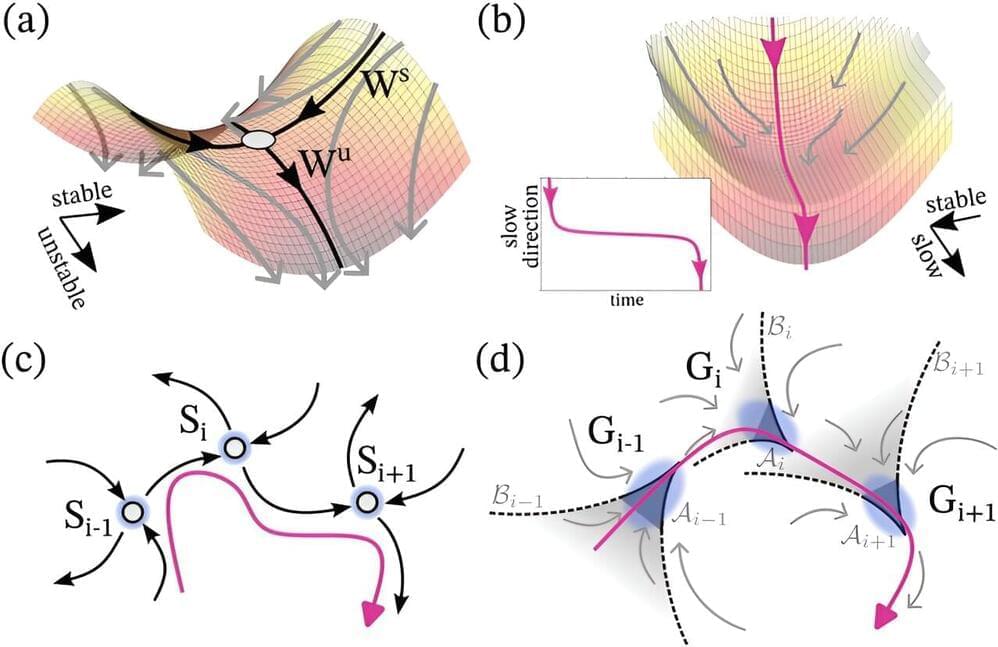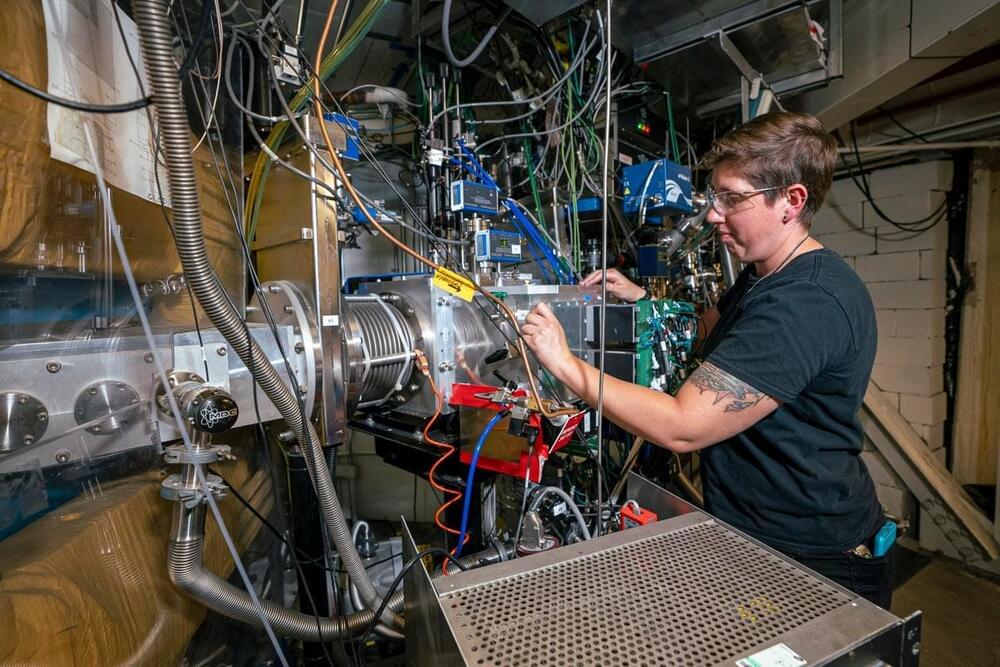Researchers at the Center for Advanced Bioenergy and Bioproducts Innovation (CABBI) have achieved a significant breakthrough that could lead to better—and greener—agricultural chemicals and everyday products.



Scientists all over the world use modeling approaches to understand complex natural systems such as climate systems or neuronal or biochemical networks. A team of researchers has now developed a new mathematical framework that explains, for the first time, a mechanism behind long transient behaviors in complex systems.

Wonik manufactures specialty gases and chemicals used by the semiconductor industry. Its clients include Samsung, NXP Semiconductors NV, Infineon Technologies AG and Texas Instruments Inc.
The company signed a joint letter of support with the city of Manor earlier this month, the ABJ reports. Korean company BuildBlock Inc. will be coordinating infrastructure for the project.
For the full report, visit the ABJ website.

The six-wheeled geologist found a fascinating rock that has some indications it may have hosted microbial life billions of years ago, but further research is needed.
A vein-filled rock is catching the eye of the science team of NASA’s Perseverance rover. Nicknamed “Cheyava Falls” by the team, the arrowhead-shaped rock contains fascinating traits that may bear on the question of whether Mars was home to microscopic life in the distant past.
Analysis by instruments aboard the rover indicates the rock possesses qualities that fit the definition of a possible indicator of ancient life. The rock exhibits chemical signatures and structures that could possibly have been formed by life billions of years ago when the area being explored by the rover contained running water. Other explanations for the observed features are being considered by the science team, and future research steps will be required to determine whether ancient life is a valid explanation.

A novel way of making superheavy elements could soon add a new row to the periodic table, allowing scientists to explore uncharted atomic realms.
By Max Springer

A new study by scientists at deCODE Genetics shows that sequence variants drive the correlation between DNA methylation and gene expression. The same variants are linked to various diseases and other human traits.
The research is published in the journal Nature Genetics under the title “The correlation between CpG methylation and gene expression is driven by sequence variants.”
Nanopore sequencing is a new technology developed by ONT (Oxford Nanopore Technology), that enables us to analyze DNA sequences in real-time. With this technology, DNA molecules are drawn through tiny protein pores, and real-time measurements of electric current indicate which nucleotides in the DNA have passed through the pores. This allows the sequence of nucleotides in the DNA to be read, while also making it possible to detect chemical modifications of the nucleotides from these same measurements.

Scientists from the Woods Hole Oceanographic Institution are seeking a federal permit to experiment in the waters off Cape Cod and see if tweaking the ocean’s chemistry could help slow climate change.
If the project moves forward, it will likely be the first ocean field test of this technology in the U.S. But the plan faces resistance from both environmentalists and the commercial fishing industry.
The scientists want to disperse 6,600 gallons of sodium hydroxide — a strong base — into the ocean about 10 miles south of Martha’s Vineyard. The process, called ocean alkalinity enhancement or OAE, should temporarily increase that patch of water’s ability to absorb carbon dioxide from the air. This first phase of the project, targeted for early fall, will test chemical changes to the seawater, diffusion of the chemical and effects on the ecosystem.
A very relevant subject for research.
The world appears to contain diverse kinds of objects and systems—planets, tornadoes, trees, ant colonies, and human persons, to name but a few—characterized by distinctive features and behaviors. This casual impression is deepened by the success of the special sciences, with their distinctive taxonomies and laws characterizing astronomical, meteorological, chemical, botanical, biological, and psychological processes, among others. But there’s a twist, for part of the success of the special sciences reflects an effective consensus that the features of the composed entities they treat do not “float free” of features and configurations of their components, but are rather in some way(s) dependent on them.
Consider, for example, a tornado. At any moment, a tornado depends for its existence on dust and debris, and ultimately on whatever micro-entities compose it; and its properties and behaviors likewise depend, one way or another, on the properties and interacting behaviors of its fundamental components. Yet the tornado’s identity does not depend on any specific composing micro-entity or configuration, and its features and behaviors appear to differ in kind from those of its most basic constituents, as is reflected in the fact that one can have a rather good understanding of how tornadoes work while being entirely ignorant of particle physics.

Working together, the University of Innsbruck and the spin-off AQT have integrated a quantum computer into a high-performance computing (HPC) environment for the first time in Austria. This hybrid infrastructure of supercomputer and quantum computer can now be used to solve complex problems in various fields such as chemistry, materials science or optimization.
Demand for computing power is constantly increasing and the consumption of resources to support these calculations is growing. Processor clock speeds in conventional computers, typically a few GHz, appear to have reached their limit.
Performance improvements over the last 10 years have focused primarily on the parallelization of tasks using multi-core systems, which are operated in HPC centers as fast networked multi-node computing clusters. However, computing power only increases approximately linearly with the number of nodes.

New research has revealed that the lag observed in organic electrochemical transistors (OECTs) when switched on is due to a two-step activation process, providing crucial insights for designing more effective and customizable OECTs for various technological and biological applications.
Researchers who want to bridge the divide between biology and technology spend a lot of time thinking about translating between the two different “languages” of those realms.
“Our digital technology operates through a series of electronic on-off switches that control the flow of current and voltage,” said Rajiv Giridharagopal, a research scientist at the University of Washington. “But our bodies operate on chemistry. In our brains, neurons propagate signals electrochemically, by moving ions — charged atoms or molecules — not electrons.”